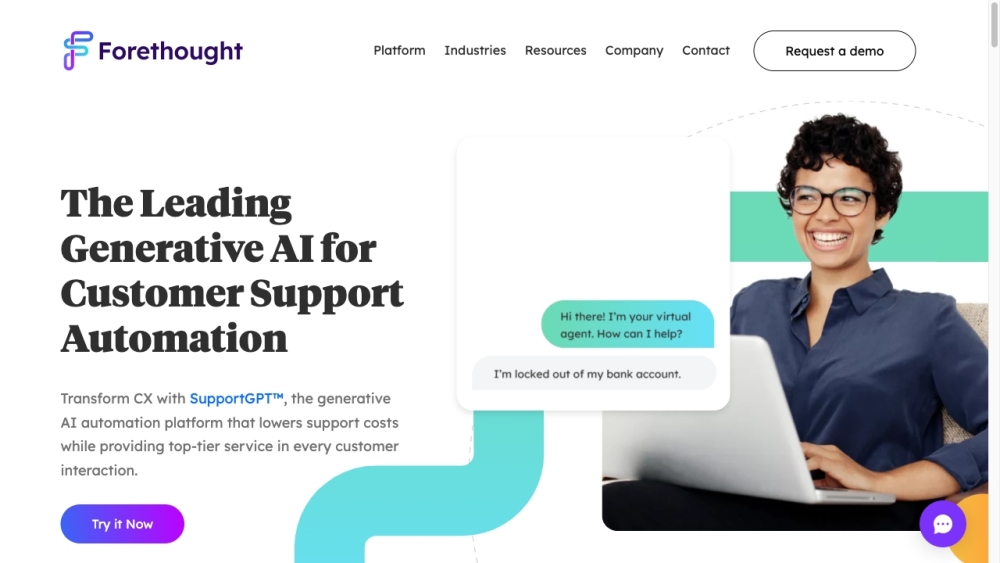Nvidia founder and CEO Jensen Huang shared a pivotal insight today, revealing that the company made a game-changing decision in 2018 that many overlooked but has profoundly reshaped its future and the wider tech industry. This strategic choice has already yielded significant returns, yet Huang emphasizes that this is just the beginning of an AI-driven era—one predominantly fueled by Nvidia hardware. Is this stroke of genius a product of luck or intelligence? According to Huang, the answer is both.
He delivered these reflections during a keynote speech at SIGGRAPH in Los Angeles. Huang described how five years ago, Nvidia chose to embrace AI-enhanced image processing technologies, particularly through ray tracing and intelligent upscaling, known as RTX and DLSS, respectively. “We recognized that rasterization was reaching its limits,” he explained, referring to the traditional method of rendering 3D images. “2018 was a ‘bet the company’ moment, requiring us to completely reinvent our hardware, software, and algorithms. While we were innovating computer graphics with AI, we were also reimagining the GPU for AI applications.”
Even as ray tracing and DLSS continue to gain traction in the multifaceted realm of consumer GPUs and gaming, the architecture Nvidia developed for these technologies has become an essential ally for the expanding machine learning community. The immense computational power required to train increasingly complex generative models is best supported not by conventional data centers with limited GPU capabilities but by systems like the H100, specifically designed to handle large-scale operations. Nvidia has experienced a remarkable surge in demand, akin to a craze, selling as many servers and workstations as they can produce.
However, Huang insists this is just the beginning. “The new models must not only be trained but also run in real time for millions, perhaps billions, of users globally,” he stated. “The future revolves around large language models (LLMs) integrated into nearly everything—‘Human’ is becoming the new programming language.” He suggested that sectors ranging from visual effects to digital manufacturing and even heavy industry will increasingly utilize natural language interfaces.
“Entire factories will become software-defined and robotic, producing cars that are also built by robots. It’s a cycle where robotic systems design robots that manufacture robots,” he elaborated. While some may question the feasibility of his vision, it’s hard to deny that the integration of LLMs is on the horizon. Even a conservative outlook indicates that organizations will need to invest heavily in new computing resources to keep pace.
Investing significant funds into outdated computing technologies, such as CPU-centric racks, would be unwise when options like the newly unveiled GH200—a datacenter-oriented AI development platform—can achieve similar outcomes for less than a tenth of the cost and power requirements. Huang excitedly showcased a video displaying a LEGO-like assembly of multiple Grace Hopper computing units, transforming into a blade, then a rack, and ultimately a row of GH200s interconnected to form what he dubbed “the world’s largest single GPU,” boasting one full exaflop of machine-learning computing power.
“This is the actual size, by the way,” he said, positioning himself dramatically at the center of the visual display. “And it probably runs Crysis.” Huang believes these units will serve as the foundational components of the upcoming AI-centric industry.
“I don’t know who said it, but the more you buy, the more you save. If you take away one thing from my talk today, let it be that,” he remarked, prompting laughter from the SIGGRAPH audience.
Interestingly, Huang did not address the various challenges surrounding AI, such as regulatory hurdles or the evolving nature of AI concepts, which have rapidly transformed within the past year. His perspective presents an optimistic view, much like a prospector selling tools during a gold rush, appreciating the opportunities that lie ahead.





